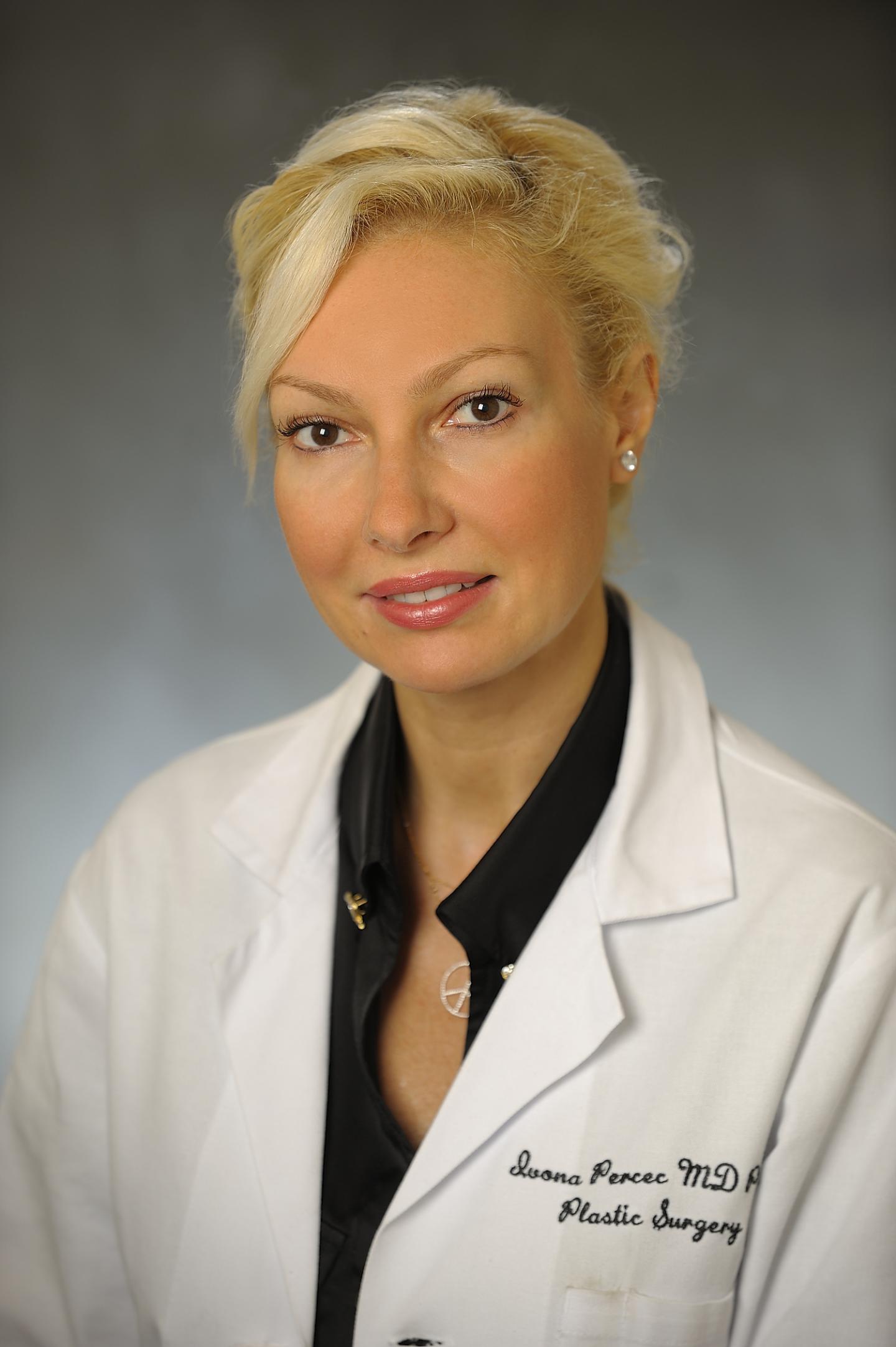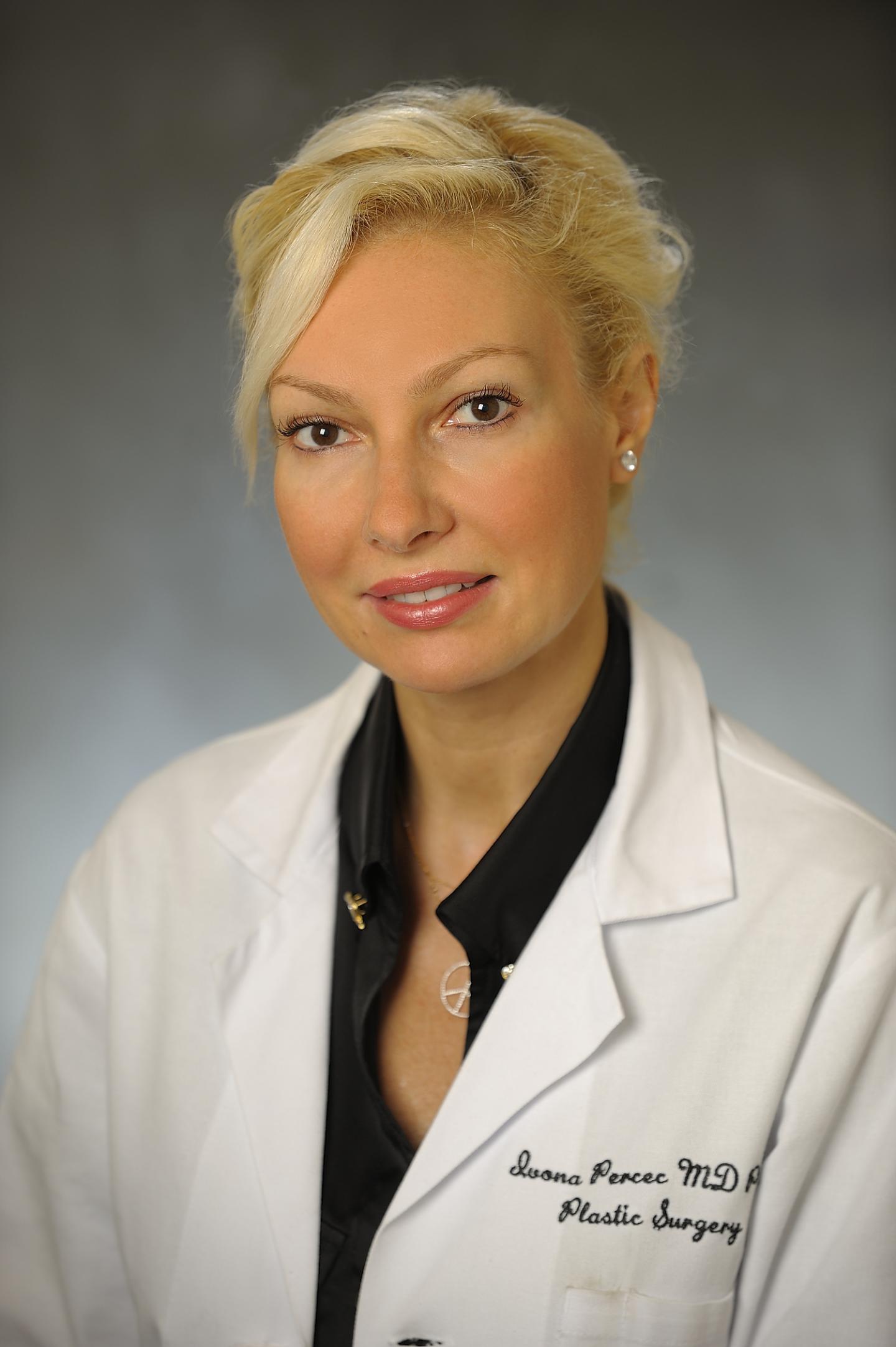
Credit: Penn Medicine
(PHILADELPHIA) – Adult stem cells collected directly from human fat are more stable than other cells – such as fibroblasts from the skin – and have the potential for use in anti-aging treatments, according to researchers from the Perelman School of Medicine at the University of Pennsylvania. They made the discovery after developing a new model to study chronological aging of these cells. They published their findings this month in the journal Stem Cells.
Chronological aging shows the natural life cycle of the cells – as opposed to cells that have been unnaturally replicated multiple times or otherwise manipulated in a lab. In order to preserve the cells in their natural state, Penn researchers developed a system to collect and store them without manipulating them, making them available for this study. They found stem cells collected directly from human fat – called adipose-derived stem cells (ASCs) – can make more proteins than originally thought. This gives them the ability to replicate and maintain their stability, a finding that held true in cells collected from patients of all ages.
"Our study shows these cells are very robust, even when they are collected from older patients," said Ivona Percec, MD, director of Basic Science Research in the Center for Human Appearance and the study's lead author. "It also shows these cells can be potentially used safely in the future, because they require minimal manipulation and maintenance."
Stem cells are currently used in a variety of anti-aging treatments and are commonly collected from a variety of tissues. But Percec's team specifically found ASCs to be more stable than other cells, a finding that can potentially open the door to new therapies for the prevention and treatment of aging-related diseases.
"Unlike other adult human stem cells, the rate at which these ASCs multiply stays consistent with age," Percec said. "That means these cells could be far more stable and helpful as we continue to study natural aging."
ASCs are not currently approved for direct use by the Food and Drug Administration, so more research is needed. Percec said the next step for her team is to study how chromatin is regulated in ASCs. Essentially, they want to know how tightly the DNA is wound around proteins inside these cells and how this affects aging. The more open the chromatin is, the more the traits affected by the genes inside will be expressed. Percec said she hopes to find out how ASCs can maintain an open profile with aging.
###
Funding for this study was provided by the National Institutes of Health (K08 AG042496).
Penn Medicine is one of the world's leading academic medical centers, dedicated to the related missions of medical education, biomedical research, and excellence in patient care. Penn Medicine consists of the Raymond and Ruth Perelman School of Medicine at the University of Pennsylvania (founded in 1765 as the nation's first medical school) and the University of Pennsylvania Health System, which together form a $5.3 billion enterprise.
The Perelman School of Medicine has been ranked among the top five medical schools in the United States for the past 18 years, according to U.S. News & World Report's survey of research-oriented medical schools. The School is consistently among the nation's top recipients of funding from the National Institutes of Health, with $373 million awarded in the 2015 fiscal year.
The University of Pennsylvania Health System's patient care facilities include: The Hospital of the University of Pennsylvania and Penn Presbyterian Medical Center — which are recognized as one of the nation's top "Honor Roll" hospitals by U.S. News & World Report — Chester County Hospital; Lancaster General Health; Penn Wissahickon Hospice; and Pennsylvania Hospital — the nation's first hospital, founded in 1751. Additional affiliated inpatient care facilities and services throughout the Philadelphia region include Chestnut Hill Hospital and Good Shepherd Penn Partners, a partnership between Good Shepherd Rehabilitation Network and Penn Medicine.
Penn Medicine is committed to improving lives and health through a variety of community-based programs and activities. In fiscal year 2015, Penn Medicine provided $253.3 million to benefit our community.
Media Contact
John Infanti
[email protected]
215-301-5221
@PennMedNews
http://www.uphs.upenn.edu/news/





